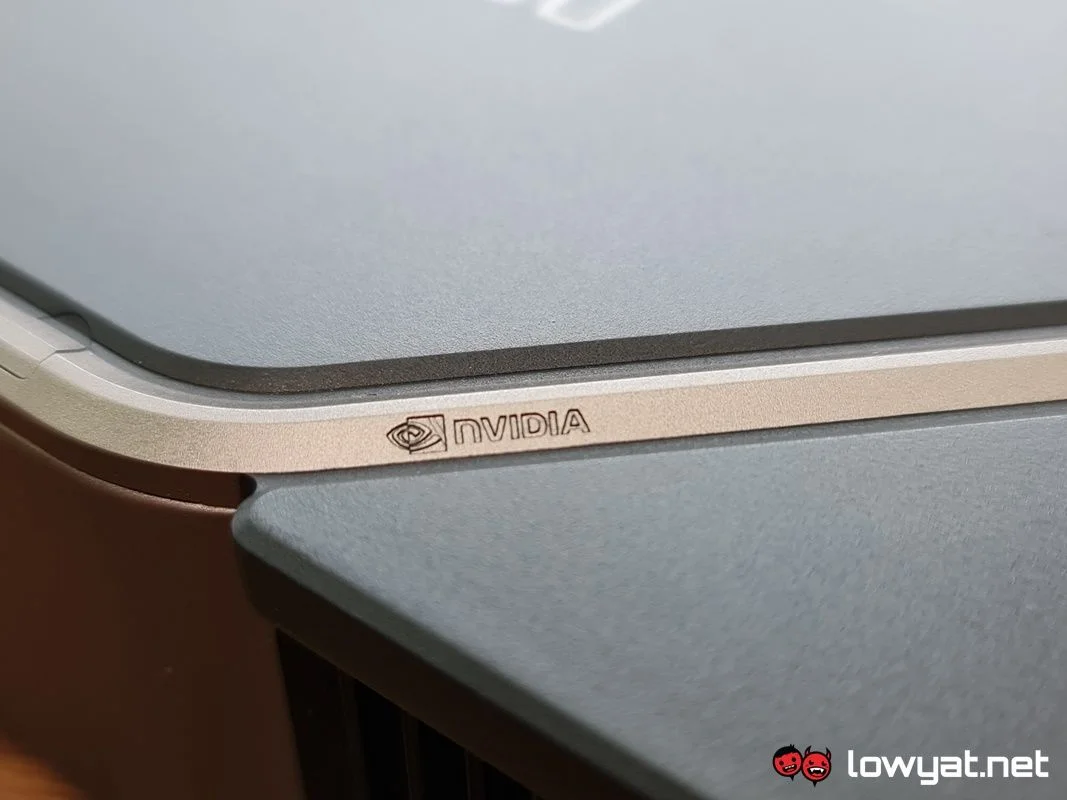The report also claims that this collaboration is aimed at enhancing AI and gaming functionalities of future MediaTek chips for mobile devices and laptops, with the latter particularly focusing on Windows on ARM (WOA) devices. Development for the hardware is expected to begin as early as 2024, DigiTimes added. The industry sources also noted that the upcoming WOA chipset co-developed by MediaTek and NVIDIA will help the latter company penetrate the laptop market, especially in the midrange to high-end segments. Currently, the chipmaker has been focusing on supplying entry-level Chromebooks, with a reported market share of 20%. For those unfamiliar, the WOA ecosystem uses ARM’s computer processor architecture, which differs from the x86 standard that’s commonly found on most laptop and desktop PCs that are in the market. The latter is developed by the likes of Intel and AMD, while the only SoC vendor selling WOA chipsets at the moment is Qualcomm. If DigiTimes’ report is accurate, this would mean that the Snapdragon chip manufacturer will soon be challenged by not only MediaTek in this category, but by NVIDIA as well. Interestingly, this rumour contradicts NVIDIA CEO Jensen Huang’s statement from 2021, where he said that the company isn’t looking into developing mobile or smartphone-based GPUs or ray-tracing technology. However, it is possible that NVIDIA may have reversed that decision, especially considering that Huang’s comment was from two years ago. So far, the GPU maker’s contributions to the mobile scene are very limited in numbers. These include its Tegra series chipsets which powers NVIDIA’s own SHIELD product line up, as well as all iterations of the Nintendo Switch hybrid video game console. The company has yet to debut its graphics acceleration technology for smartphones or tablets, but that may soon change if DigiTimes’ report is to be believed. Undoubtedly, this is probably something that Samsung and AMD should be keeping an eye on too. (Source: DigiTimes)

